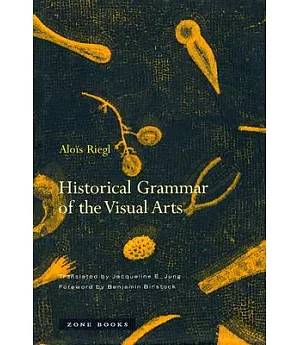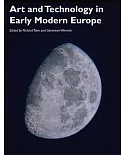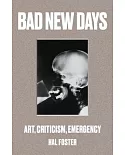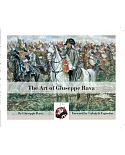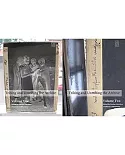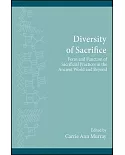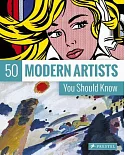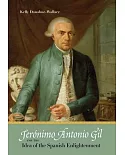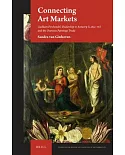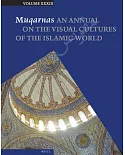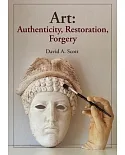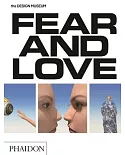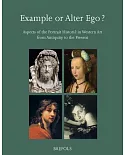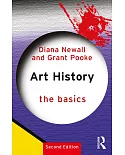The work of Alois Riegl (1858-1905) has been highly influential in art history of the modern age. Riegl, the most important member of the so-called Vienna School, developed a refined technique
of visual or formal analysis that departed from the iconological method, which emphasized decoding motifs through recourse to texts. Riegl also pioneered understanding of the changing role of
the viewer, the significance of non-high art objects (or what would now be called visual or material culture), and theories of art and art history, including his much-debated neologism
Kunstwollen (the will of art). His major works include Foundations for a History of Ornament, Late Roman Art Industry, and The Group Portraiture of Holland. Riegl's
Historical Grammar of the Visual Arts, which brings together the diverse threads of his thought, is now available to an English-language audience, in a masterful translation by
Jacqueline E. Jung. In one of the earliest and perhaps the most brilliant of all art historical surveys, Riegl addresses the different visual arts within a sweeping conception of the history of
culture. His account derives from Hegelian models but decisively opens onto alternative pathways that continue to complicate attempts to reduce art merely to the artist's intentions or its
social and historical functions.

